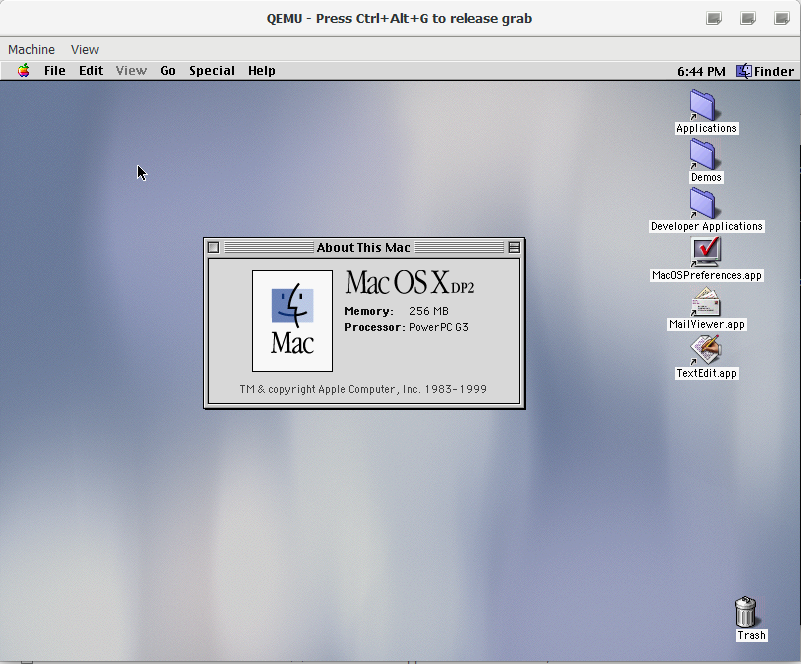

# shareware, not free/open source software, your ideological # /Volumes/install_app/Packages/Essentials.pkg package, # necessary files (/System/Library/Kernels/*) from the # the installer being prepared, one may copy the # NOTE: If the running OS X version is not identical to that of # a version EXACTLY matching that of the installer we're preparing:Ĭp -rp /System/Library/Kernels /Volumes/install_build/System/Library/ # Assuming we're executing these steps on a Yosemite machine with

# NEW: As of Yosemite, we also need a kernel image! # NEW: As of Yosemite, there are additional installer dependencies:Ĭp -rp /Volumes/install_app/BaseSystem* /Volumes/install_build/ Rm /Volumes/install_build/System/Installation/PackagesĬp -rp /Volumes/install_app/Packages /Volumes/install_build/System/Installation/ # Remove Package link and replace with actual files: Hdiutil attach /tmp/Yosemite.sparseimage -noverify -nobrowse -mountpoint /Volumes/install_build

# Mount the sparse bundle target for further processing: Hdiutil resize -size 8g /tmp/Yosemite.sparseimage # Increase the sparse bundle capacity for packages, kernel, etc.: Hdiutil convert /Volumes/install_app/BaseSystem.dmg -format UDSP -o /tmp/Yosemite

# Convert the boot image to a sparse bundle: Hdiutil attach /Applications/Install\ OS\ X\ Yosemite.app/Contents/SharedSupport/InstallESD.dmg -noverify -nobrowse -mountpoint /Volumes/install_app # As of Yosemite, this really only works if executed as root,
#How to use mac os x on qemu install#
Starting with Lion (10.7), an install DVD (.iso) image may be generated on an OS X machine by following the steps below (Thanks Dick Marinus for pointing out the Yosemite-specific updates!): SnowLeopard (10.6) was the last OS X version released in DVD format. A binary OVMF blob built by applying my patches on top of the current edk2 master branch (as indicated by the abbreviated commit ID in the file name) is available to help speed things up, but you're strongly encouraged to build your own :) The result of this process is a firmware blob named OVMF.fd, which will be copied to your home directory by the last command shown above. To build the patched OVMF firmware blob, follow these instructions:īuild -a X64 -t GCC5 -p OvmfPkg/OvmfPkgX64.dsc Anything close to it in terms of "freshness" should likely do just fine. Patched OVMF firmware, built from source.Tools: git, gcc, nasm, make, iasl, kernel-devel, etc.The cause for this is as of yet unknown (to me, at least). However, guest images installed with 10.12.3 or earlier can successfully be upgraded, assuming the applesmc fix mentioned above is applied.
#How to use mac os x on qemu iso#
iso images prepared based on Sierra 10.12.4 or later will hang during boot. At this point QEMU and KVM are mostly capable of supporting OS X (up to Sierra), and the largest portion of the effort still required lies with edk2/ovmf (start with my fork on github as indicated below, and go from there).Īdditionally, since Apple machines have become increasingly locked down and end-user unfriendly, I can't continue considering them for any upcoming hardware refresh (which is too bad, they used to make almost perfect Linux machines for the last 20 years!). I no longer have the cycles to work on this project. Running Mac OS X as a QEMU/KVM Guest Gabriel L.


 0 kommentar(er)
0 kommentar(er)
